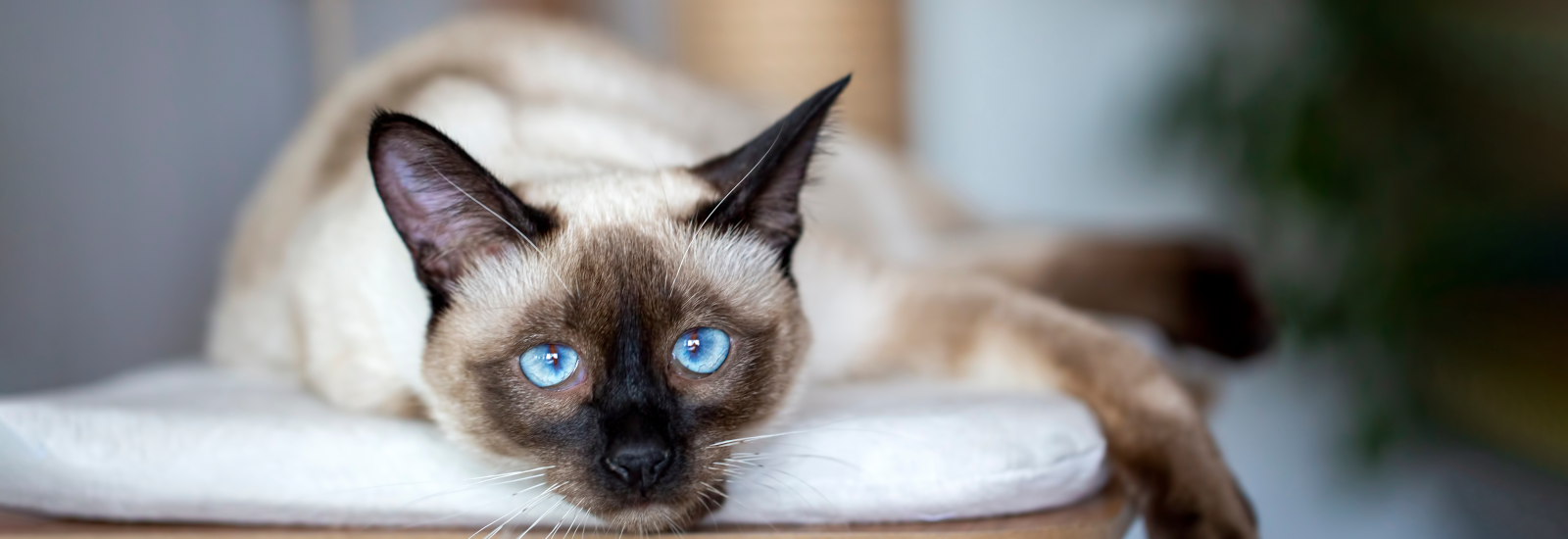The Siamese Cat
If you are looking for a slim short-haired cat, the Siamese is the ideal choice. You should, however, be aware that this noble breed of cat is very talkative and clingy. This appeals to many people, but others may not be so keen.
Profile of the Siamese Cat
- Size medium
- Weight female: 3 to 4 kg, male: 4 to 5 kg
- Origin Thailand
- Build slender, elegant
- Length of fur short
- Colour of fur blue-, chocolate-, lilac-, seal point
- Grooming minimal
- Behaviour active, communicative
- Character social, people-orientated
Appearance and character of the Siamese cat
The Siamese cat is a very classy medium-sized breed of cat. It has a distinctively slender build. Its long legs give it an elegant and supple gait. Its blue eyes and the distinctive markings on its coat are characteristic of this breed. This is, however, not yet recognisable when they are still kittens. They are all born with a light-coloured coat, but gradually the face, ears, tail and paws become darker and darker. The typical “points” gradually appear, which can have the colours blue, lilac, seal or chocolate. This fur colouration is the result of partial albinism caused by genetic mutation.
The Siamese is a particularly social breed of cat that loves people and is very affectionate. As soon as a Siamese cat loses sight of you, you can expect it to appear from around the corner in next to no time. Siamese cats are also highly communicative and talkative. If something is not to their liking, they will make this known very loudly. This could include, for example, being left alone for too long, its mealtime being overdue, or not receiving enough attention. The intelligent and rather sensitive Siamese cat does not like these situations at all.
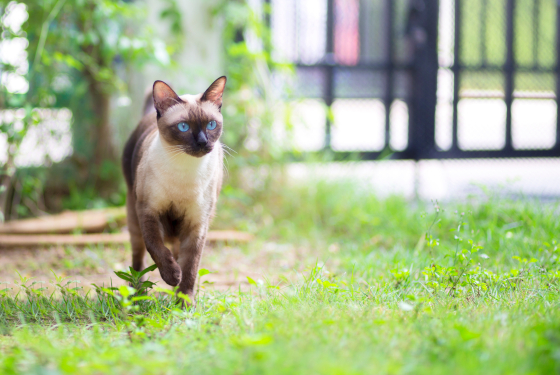
Keeping and caring for a Siamese cat
Siamese cats are very sociable and love it if there is always someone nearby. They are particularly content if they have another cat at their side with whom they can play. Their human family members are, however, equally important to them. They need plenty of attention and what they really dislike is having to spend half the day alone at home. Being a particularly intelligent and active breed, Siamese cats need plenty of exercise and things to keep them occupied. A variety-packed cat tree, all sorts of toys, and scented cushions are ideal. If you have a balcony, your Siamese cat will really enjoy spending time there. Although this breed is usually kept as an indoor cat, letting your pet outside is not completely out of the question.
Siamese cats have short, fine fur with almost no undercoat, which makes them very easy to care for. You simply need to run a fine-tooth comb through their fur from time to time. It is important to remember that their coat provides very little protection against the cold. This is why they love having a cuddly cave and a place to sleep near a radiator during the cold months. This is not a typical breed of cat for allergy sufferers, but thanks to their lack of an undercoat, they may possibly be an option.
Nutrition
Whether it’s a kitten, an adult cat or a senior – the food for a Siamese cat should always be of high quality and tailored to its age. Cats are carnivores by nature, so cat food should always contain a high proportion of meaty ingredients. Sugar, flavour enhancers and artificial colourings and preservatives do not belong in the food.
animonda has the ideal food for every stage of your cat’s life. You can choose between kitten, adult and senior cat food. The products are specially formulated to meet the specific nutritional requirements of the different life stages of cats. This provides the best foundation for your pet to enjoy a long and healthy life.
Health
Siamese cats have a life expectancy of 15 to 20 years. This shows that it is a healthy, robust breed. Despite this, it is not immune to medical conditions. They can, for example, be cross-eyed or prone to eye tremors. Many vets suspect that a melanin deficiency could be the underlying cause, which is linked to the partial albinism of this breed of cat. In addition, progressive retinal atrophy (PRA) can occasionally occur. This first leads to night-blindness and can result in the cat completely losing its sight.
The hereditary diseases also include metabolic disorders, chronic renal insufficiency and impaired liver function, as well as hypertrophic cardiomyopathy. This is a heart disease that leads to a thickening of the muscular wall of the heart.
History and breeding
The Siamese cat is native to Thailand. They are said to have been kept by Buddhist monks at the royal court and in temples as far back as the 14th century. Here they were revered as guardians of the temple, responsible for watching over the treasures and receiving the souls of the dead. For centuries, the export of this breed was prohibited. It was not until 1884 that the then king presented a British consul general with a pair of Siamese cats on his return to England. The two were named Mia and Pho and marked the beginning of European breeding. This was not easy due to the small number of animals available, but the English were highly committed to the task. In 1892, they drew up the very first breed standard and made sure that the Siamese cat rapidly increased in popularity through its presence at cat shows. It has been bred in Germany since 1927. Today it is known all over the world and is one of the most popular breeds of cat.
You may also like this
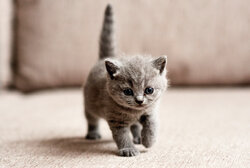
Feeding kittens - nutrition tips
What small kittens need for healthy development
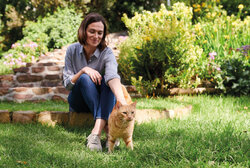
Good cat food
How to recognize good cat food for your darling

A kitten is moving in
Tips for collection, initial equipment and settling in
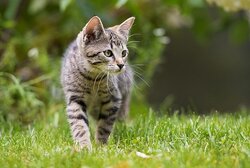
Getting your cat used to being outdoors
This is how you get your cat used to being outdoors
